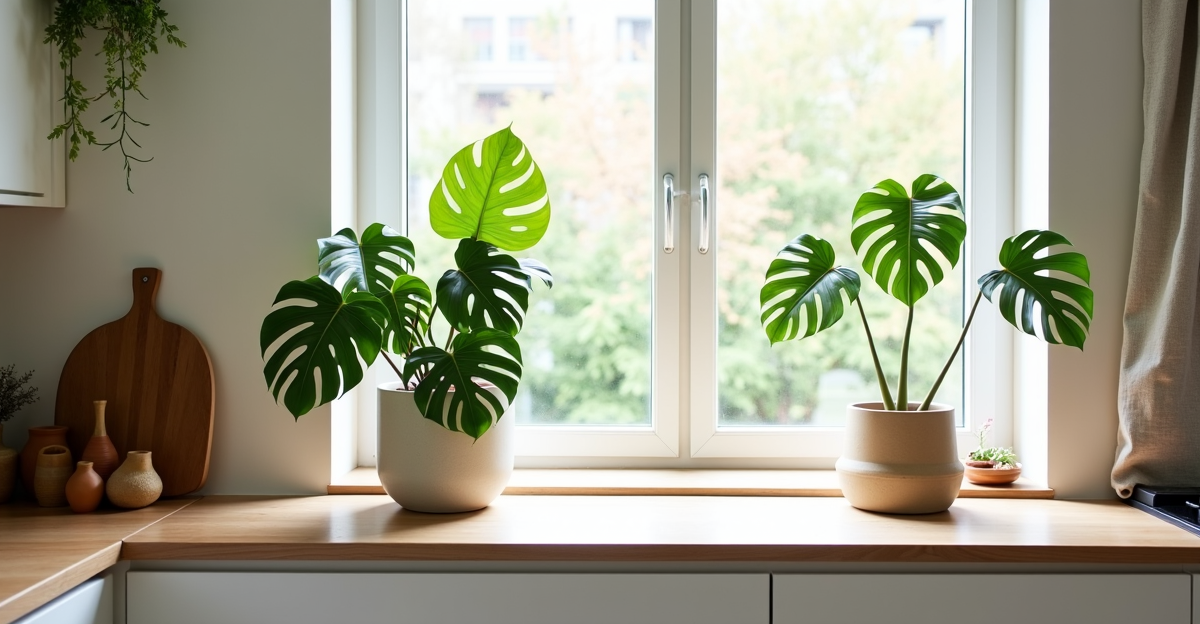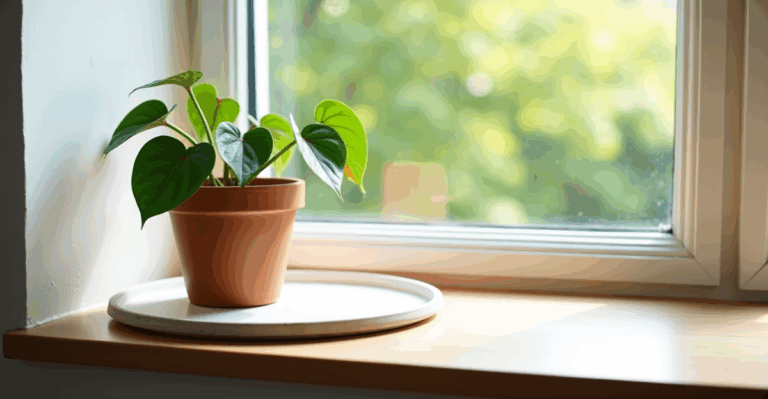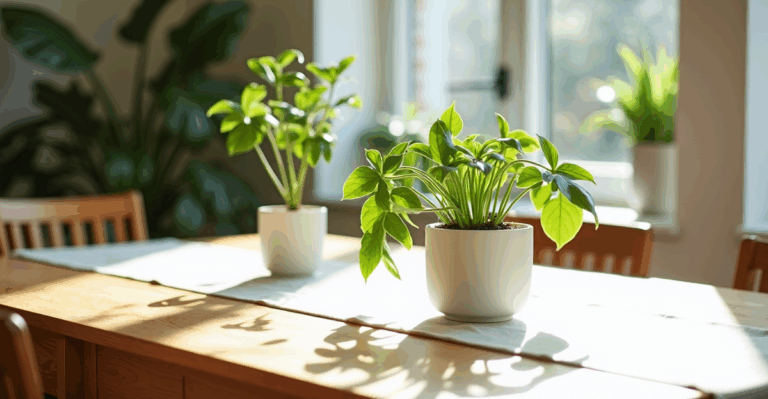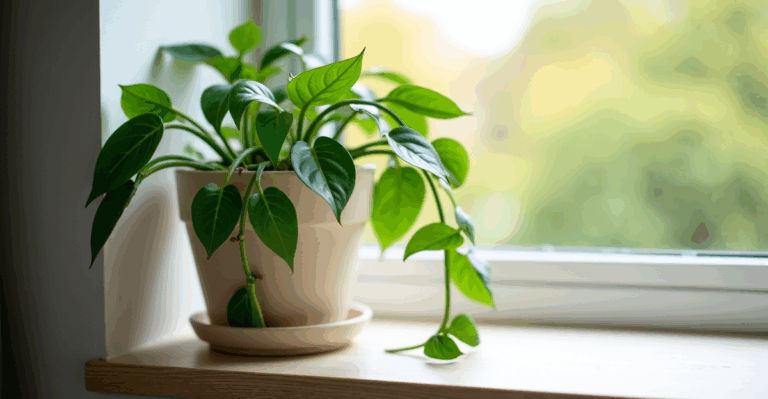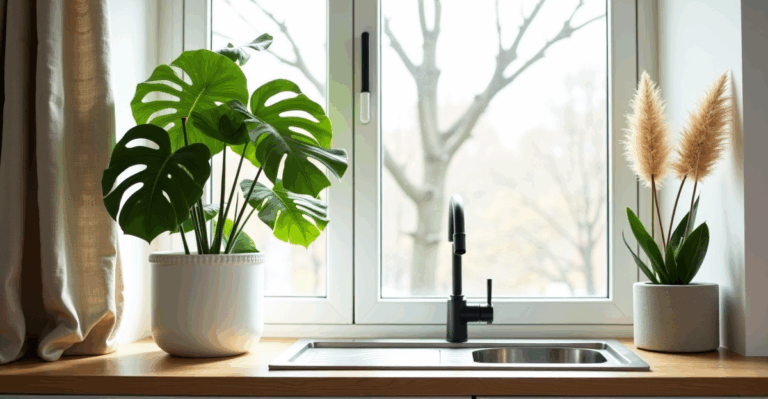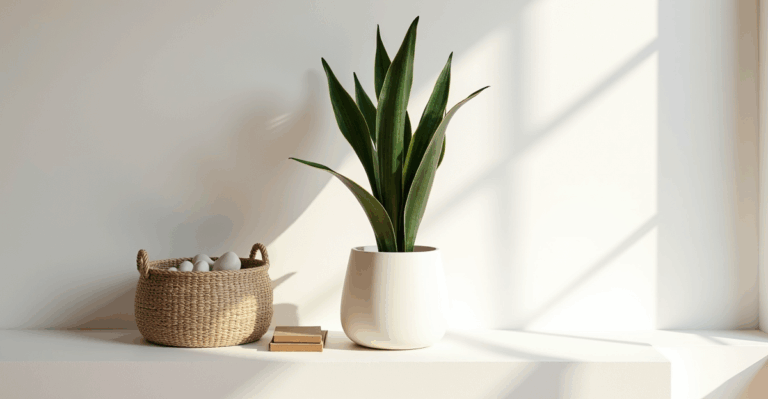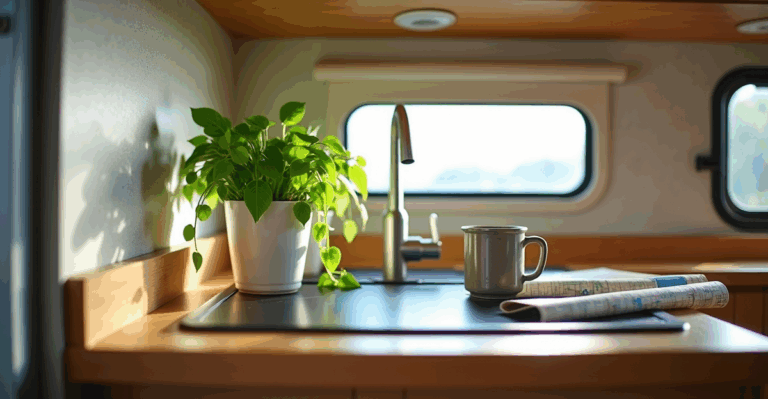Beat Scale in Your Kitchen: Gentle, Kitchen-Safe Care That Actually Works
Picture this: You’ve finally got that perfect spot for your calathea near the kitchen window—bright, indirect light from the east, away from the oven’s heat. It’s thriving, your favorite plant for the room. Then, you notice tiny, waxy bumps on the leaves. Scale. Not the kind you put on your toast, but the sticky, sap-sucking pest that turns leaves yellow and weak. It’s the kitchen’s silent thief, thriving right where your plants are happiest: warm, humid, and often overlooked.
We’ve all been there. You’re focused on dinner, not your plants, and scale takes hold. But here’s the thing: kitchens are great for some plants (hello, monstera!), but they’re also a hotspot for scale if we don’t adjust. It’s not about harsh chemicals or scrubbing furiously—it’s about understanding why scale loves your kitchen and working with your space, not against it.
Why Your Kitchen Is a Scale Magnet (And It’s Not Just You)
Kitchens are a perfect storm for scale: warm air from appliances, humidity from cooking, and often low light (especially in corners or behind cabinets). Scale insects hide in leaf crevices and thrive in the calm, moist air—exactly what a kitchen offers. Plus, many kitchen plants (like peace lilies or snake plants) tolerate low light, but that same low light means they’re slower to recover from stress, making them easier targets.
Most people think “just spray it off,” but that’s a quick fix that fails. Scale has a protective shell, and spraying a single time rarely kills the eggs underneath. Worse, spraying near food prep areas? Not ideal. We’ve learned from hard knocks: scale in the kitchen needs a system, not a one-off spray.
Prevent Scale Before It Takes Root (No Extra Steps Needed)
Prevention is cheaper than treatment—and it fits into your kitchen routine.
First, position plants strategically. Avoid placing them directly above the stove (steam = humidity overload) or near the sink (splash zones = damp leaves = scale fuel). Instead, aim for spots with consistent, gentle light—like an east-facing window away from the oven. If you only have a north-facing kitchen window (common!), pair your plant with a small LED grow light on a timer. It’s not just for growth—it dries out damp leaves faster, deterring scale.
Second, clean leaves regularly—but make it effortless. Wipe your plant’s leaves while you’re doing dishes, using a damp cloth. For scale-prone plants (like rubber plants or ficus), do this weekly. No fancy sprays needed—just water and a gentle swipe. It removes early scale crawlers before they harden into shells.
Real kitchen example: We have a spider plant on our kitchen shelf, 3 feet from the stove. It gets morning sun from a window, and we wipe the leaves while washing cutlery. No scale, ever.
Gentle Treatment That Doesn’t Compromise Your Kitchen
If scale does show up (and it happens to the best of us), skip the toxic sprays. We use a three-step method that’s safe for kitchens and effective:
- Isolate the plant immediately (put it on the balcony or in a spare bathroom). Scale spreads fast, and you don’t want it on your herbs.
- Physically remove scale with a cotton swab dipped in rubbing alcohol (70% is fine). Gently roll the swab over each bump—don’t press hard, or you’ll damage the leaf. Focus on the undersides where scale hides.
- Follow up with neem oil (diluted 1 tsp per cup of water, plus a drop of dish soap). Spray only the affected leaves, avoiding the sink or cabinets. Reapply every 7 days for 3 weeks.
Why this works in kitchens: Alcohol evaporates fast (no sticky residue near food), and neem is safe around cooking areas. We’ve treated scale on a pothos above our sink this way three times—no reinfestation.
Edge case: If your plant is in a self-watering pot and has scale, skip the neem. The excess moisture in the reservoir can make scale worse. Instead, move it to a standard pot with drainage for treatment.
How Your Planter Choice Prevents Scale (Yes, Really)
Most kitchens have one problem: plants in pots that trap moisture. A ceramic pot with no drainage? Perfect scale habitat. Here’s the fix:
- Use pots with drainage holes—always. Even if you have a decorative cachepot, never let the plant sit in water. We use a tray with small legs so water drains away from the pot base.
- Avoid thick, dark pots (like deep terra cotta) near windows. They absorb heat and hold moisture, creating scale-friendly zones. Lighter, porous materials (like our 3D-printed options) let soil dry faster.
- For humidity lovers (like calathea in LECA), use a pot with a slight slope on the bottom. This helps excess water drain away from roots, not pool.
Kitchen reality check: We tried a glossy black pot for a monstera in a south-facing kitchen window. The soil stayed damp, and scale showed up in 2 weeks. Switched to a light-colored, well-draining pot (with a small tray), and the plant stayed scale-free all winter.
The Kitchen-Specific Trap (And How to Avoid It)
Most guides say “let the top inch dry,” but kitchens have variable drying times. Your plant near the sink might stay damp longer than one by the window. So:
- Check soil moisture by touch—not a meter (which can be inaccurate). Stick your finger 2–3 inches deep. If it feels cool and damp, hold off on water.
- Flushing soil monthly (run water through the pot until it drains out the bottom) reduces mineral buildup from hard water. This is crucial in kitchens where tap water is often high in minerals, which scale loves.
- Never overwater for “humidity”. A humidifier above the plant is better than soggy soil. Scale thrives in wet soil, not humidity.
Trade-off to know: Over-drying a plant can cause leaf drop, but that’s easier to fix than scale. If your plant’s leaves start curling, it’s thirsty—not scale-yet.
Final Tip: The Hidden Scale Killer (That’s Easy to Miss)
Airflow matters more than you think. Scale hates moving air. In kitchens, we often have open windows (for cooking smells), but that’s not consistent airflow. A small fan pointed away from the plant (not directly on it) for 30 minutes a day deters scale. It’s not a substitute for cleaning, but it’s a silent helper.
Our kitchen hack: We keep a tiny oscillating fan on low near our kitchen herb shelf. It’s not for the plants—it’s for the air—and it’s kept scale off our mint and basil for years.
We’ve seen kitchens become plant sanctuaries without scale by working with the space, not fighting it. It’s not about perfect light or expensive tools—it’s about knowing your kitchen’s quirks (steam, low light, humidity) and adjusting your care accordingly. Prevention is simple: position well, wipe leaves while you cook, and use drainage. Treatment is gentle: alcohol swabs + neem, no toxins. And your pots? They’re not just pretty—they’re part of the defense.
When you’re ready to grow your setup, explore our 3D-printed planters.
Key Takeaways
– Position plants away from steam and sinks to avoid humidity traps.
– Wipe leaves weekly while doing dishes—no extra time needed.
– Use pots with drainage + light colors to keep soil drying faster.

